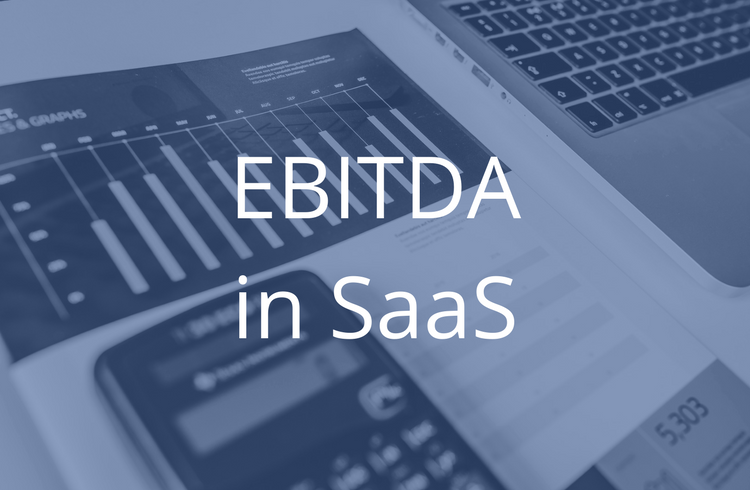If you’ve ever seeked funding for your company, sold your business, or tried to get a bank loan, then you’ve probably heard the term “EBITDA” get thrown around. EBITDA (Earnings Before Income Tax Deprecation and Amortization) is widely used in the finance community and by investors to know the operating efficiency of a company.
EBITDA measures the profitability and operating efficiency of a company because it takes into account only the expenses necessary to operate the business on a day-to-day basis. EBITDA does not consider expenses such as financing costs, amortization and taxes.
EBITDA is fairly simple to calculate, as most figures are found on the income statement and/or cash flow statement. The calculation is as follows:
EBITDA = Revenue – Expenses (excluding taxes, interest, depreciation, amortization, and non-operating expenses)
The most common use for EBITDA is for determining company valuations. Investors will usually value your company at X times EBITDA earnings. The “X” multiple is usually industry-specific and will certainly vary on a case-by-case basis. For this reason, companies always try to inflate their EBITDA as much as possible.
It’s important to recognize that EBITDA could be misleading, and should not be used as a measure to replace your true margins and cash flow. EBITDA does not take into account important cash outlays in the business, and will always overstate your true cash flow and profitability.
For instance, if a company breaks even on EBITDA, it will surely not generate enough cash flow to cover all of its expenses, since several costs are deducted from expenses, as per the EBITDA calculation.
Although EBITDA should not be used as a guiding measure to manage your business, it’s very important to know what your EBITDA is, especially when dealing with investors and bankers alike.






